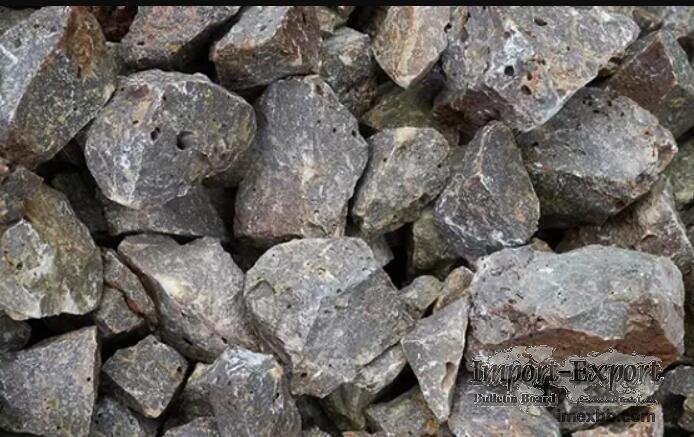 |
 |
Home > Offers to Sell > Minerals & Metals > Non-Metallic Minerals & Products > Refractory
| Contact: | Tian Yingjie |
|---|---|
| Company: | Liaoning Mingshi Refractory Material Co.,Ltd |
| Building B, Kerry Centre Enterprise Square, No.125 Qingnian Street | |
| shenyang 110000 | |
| China | |
| Phone: | 18954306666 |
| E-Mail: | |
| Date/Time: | 9/20/23 1:28 GMT |
Fused magnesia
Fused magnesia (FM) is a type of refractory material that is produced by the
electric arc melting of caustic calcined magnesia, deadburned magnesia or raw
magnesite in furnaces at temperatures in excess of 2750°C. It has a high
melting point, excellent thermal shock resistance, and good chemical stability,
making it a popular choice for use in a variety of industrial applications such
as steelmaking, cement manufacturing, and glass production.
Fused magnesia (FM) Application:
- High performance MgO-C refractory bricks for steel industry,
- Fired refractory bricks for cement and glass industry,
- Heating elements industry
Mingshi Fused Magnesia Production Process:
Magnesite (magnesium carbonate MgCO3) is converted into magnesia by the
application of heat which drives off carbon dioxide (CO2), thereby converting
the carbonate to the oxide of magnesium (MgO).
Fused magnesia is a high-purity material used in the production of refractory
materials, ceramics, and other industrial applications. The production of fused
magnesia involves several steps.
Raw Material Preparation: The raw material used in the production of fused
magnesia is magnesite, a natural mineral. The magnesite is first crushed into
small pieces and then calcined at high temperatures to remove impurities and
water.
Fusion: The calcined magnesite is then mixed with coke and other additives and
fed into an electric arc furnace. The furnace is heated to a temperature of
around 3,000 degrees Celsius, causing the magnesite to fuse into a molten
state.
Cooling and Solidification: The molten magnesia is then cooled and solidified
by pouring it into molds or by spraying it with water. This process can take
several days or even weeks, depending on the size and shape of the desired
product.
SOURCE: Import-Export Bulletin Board (https://www.imexbb.com/)
Similar Products:Not exactly what you are looking for? Post an Offer to Buy!
![]()
© 1996-2010 IMEXBB.com. All rights reserved.
|
|
|






